Cities around the world are making plans, developing agendas, and articulating goals for urban resilience, but is urban resilience really possible? Resilience to what, for what, and for whom? Additionally, resilience is being used in many cases as a replacement for sustainability, which it is not. Resilience and sustainability need to be linked, but with care and clarity.
The rise of resilience
Resilience as a planning and managing priority for cities is on a meteoric rise with NGOs, governments, planners, managers, architects, designers, social scientists, ecologists, and engineers taking up the resilience agenda. The rise of resilience is evidenced by the most recent resilience conference. In May 2014 the Resilience Alliance hosted Resilience 2014, in Montpellier, France. With over 900 attendees, the diversity of topics presented by researchers was overwhelming. If you only look at the Twitter activity under the hashtag #Resilience2014 you can see how the research community is grappling with concepts that vary from social justice, to planetary boundaries, to unsustainability. (Most of the presentations are already online, so feel free to catch up on this discussion).
Resilience is now being bantered around as sustainability has been for more than a decade, which is to say with little meaning and often as a label to fit conveniently on top of pre-existing agendas. In fact, some argue that resilience has already replaced sustainability as the main concept in the urban discourse. A recent op-ed in the New York Times filed shortly after Superstorm Sandy described this new wave of resilience thinking as forming major agenda setting in the United States. But what is urban resilience, and how does it relate to sustainability? In recent discussions I’ve had with city planners, government officials, natural resource managers, researchers, and practitioners it is clear that what resilience means is definitely unclear.
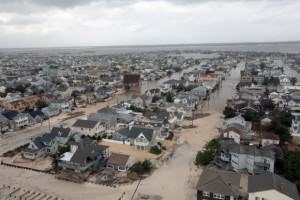
Resilience and sustainability
The large overlap in the meaning of the resilience and sustainability threatens to make both concepts weak. I fear we are quickly losing hold of the specificity of these influential concepts, and therefore the power of the resilience approach to improve human wellbeing in urban contexts. Other scholarshave begun voicing similar concerns.
I came away from the Resilience2014 conference with the realization that we still have serious work to do to understand how all this research and discussion on the benefits of urban nature and ecosystem services relate to the rapid rise of resilience planning, resilience design, and resilient cities initiatives. I’ve discussed the utility of resilience theory for understanding complex systems previously in this space, but see also other contributors that have also discussed the relationship between resilience and sustainability (see Maddox, Sanderson, Mancebo and Elmqvist for examples).
Defining resilience
More often than not resilience is still mostly discussed as “bouncing back” from a disturbance. For example, in the New York City post-Sandy resilience report, “A Stronger, More Resilient New York” from the NYC Special Initiative for Rebuilding and Resiliency, the focus is very much on rebuilding and recovery, a particular engineering resilience perspective. This is not unique to New York, but is quite common in many other cities around the world. However, the current, more ecological concept of resilience is not only about bouncing back and recovery but also about the ability to adapt, often discussed as adaptive capacity. In this context resilience is the capacity of a system to experience shocks while retaining function, structure, feedbacks and, therefore, identity.
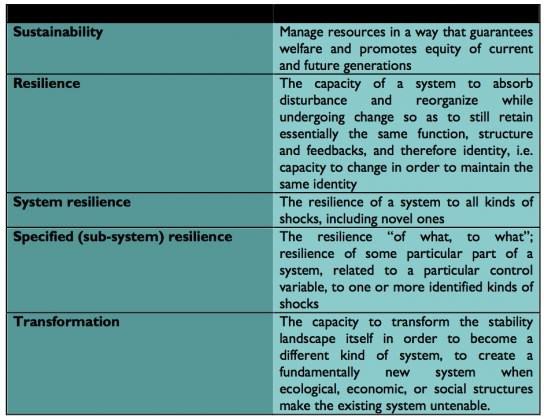
If you buy the idea that we need to be building social-ecological resilience, then city planning still has a long way to go towards definition or understanding of social-ecological resilience that moves beyond recovery and rebuilding following disturbance. Additionally, resilience needs to be linked to sustainability so that the resilience we are trying to plan and design for actually helps us move towards desired future sustainable systems states, and not undesirable ones. Current resilience planning and management efforts may just as likely be locking our urban systems into undesirable trajectories, away from sustainability.
For example, after Superstorm Sandy hit New York City and the New Jersey coastline, there was much discussion about large technical infrastructure solutions for dealing with expected future storm surge and coastal flooding: for example, closeable sea gates at the narrow section of the entrance to New York harbor. But the sea gates proposed to deal with these serious threats to the social-ecological system of New York, if implemented, could lock the city into energetically, resource, and economically unsustainable long-term maintenance costs that also have serious ecological side effects.
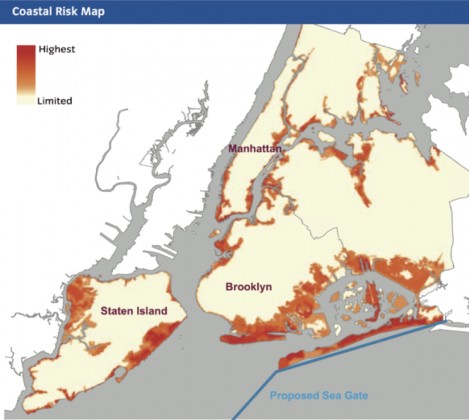
Spurred by the recognition that we have to plan and design ways to avoid the level of devastation that Superstorm Sandy inflicted on the New York City region when faced with future storms, the Rebuild by Design program was initiated to articulate visions for climate change resilience in the New York City region. The fundamental idea of “rebuilding” is not necessarily antithetical to resilience, but it underlines the focus within governments at national and more local levels to think about resilience to extreme events from a primarily technical and infrastructural level. To be fair, improving social-ecological resilience is difficult, and when thinking about a very large and complex system like New York City, we can forgive some path dependency, or inertia, in the discourse and design innovations. Still, we have to remain vigilant about the way we use resilience as a concept and a planning and management priority lest our best intentions lead us towards more unsustainable futures, despite perhaps achieving some measure of “resilience”.
Resilience of what? To what? And for whom?
Resilience is understood as the ability to adhere to or lock-in a specific pathway. The generalizability of this concept means it can be applied in multiple kinds of systems. It also means that resilience can both help us achieve desired future states, as well as lock institutions, political structures, ecosystems, or cities into undesired, unsustainable system states. For example, though we rarely read about it in our scientific discourse, corruption and organized crime are incredibly resilient, and yet most would agree are not part of our visions for sustainable futures.
At the same time, given the often enormous inequities in our cities, we need to be thinking about resilient of what, to what, and perhaps especially, for whom? For example, though the installation of a sea gate in the New York harbor might improve resilience to storm surge and flooding for some Manhattan and Brooklyn residents, it could have negative effects in other areas, such as decreasing resilience for residents and ecosystems in Staten Island, New Jersey, or Long Island. Urban resilience planning and management has to take seriously a combined social-ecological perspective so that outcomes contribute to equity, as well as human well-being and ecological integrity.
Dense urbanity?
Sustainable city initiatives are often those that maximize efficiency, minimize energy, and reduce redundancy and material use. Yet, redundancy is one of the hallmarks of a resilience system. Sustainability goals and resilience goals, if not examined carefully can be completely at odds with each other.
One conundrum that scholars and planners have not taken seriously is the problem of urban density. In the sustainability discourse dense urban centers are the key to a sustainable future, and yet, the more dense our urban settlements, the more socially and economically vulnerable they may be to disturbance whether it is coastal flooding, disease outbreaks, political unrest, or economic disturbances. The tight connectivity within dense urban systems — dense in population, but also infrastructure, social ties, and biogeochemical and economic flows — can contribute to resilience, or increase vulnerability. We must be careful not to assume density is positive or negative, but carefully consider, probably on a case-by-case basis, how urban planning, governance, and management for both resilience and sustainable futures can ensure resilience goals that overlap and support sustainability goals.
Harnessing resilience
Understanding urban resilience and urban sustainability as two concepts that promote a plurality and diversity of solutions to social-ecological problems implies that urban planning needs to take on-board yet new metaphors and paradigms to further transform cities (Wilkinson 2012). Resilience can reinforce both sustainable and unsustainable developmental pathways. Harnessing resilience to reinforce system dynamics that promote sustainability is key to achieving future desired sustainability states.
Coda: if you want to get involved
Resilience researchers Gary Peterson and Daniel Ospina are asking for the resilience research community to participate in defining the important questions for the next wave of resilience research. They have created a Google based survey to ask a broad community of researchers and practitioners interested in resilience what research areas they believe are key for advancing resilience research. You can participate in the forum by clicking here. Additionally, the Resilience Alliance is launching a new resilience online network in fall 2014. You can find out more information here.
Timon McPhearson
New York City


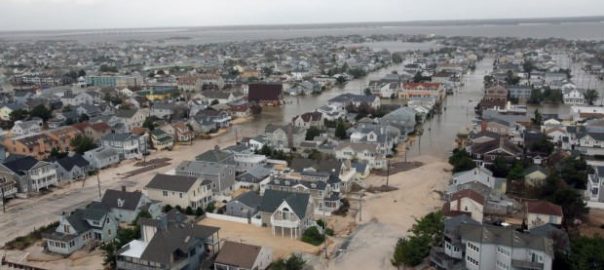
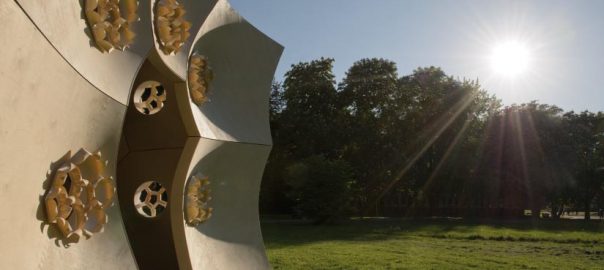

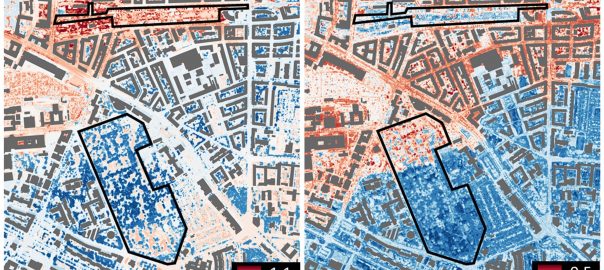

Leave a Reply